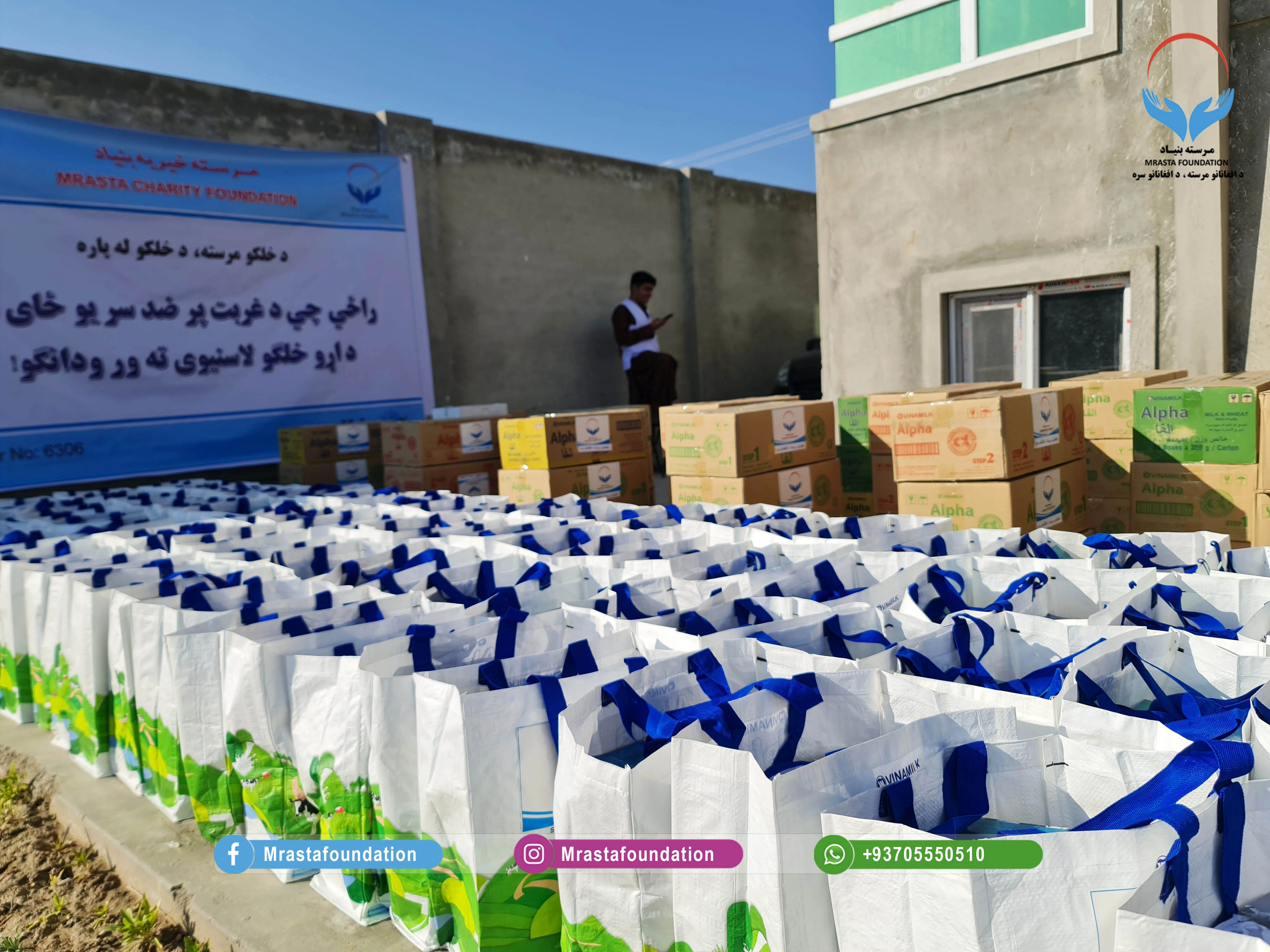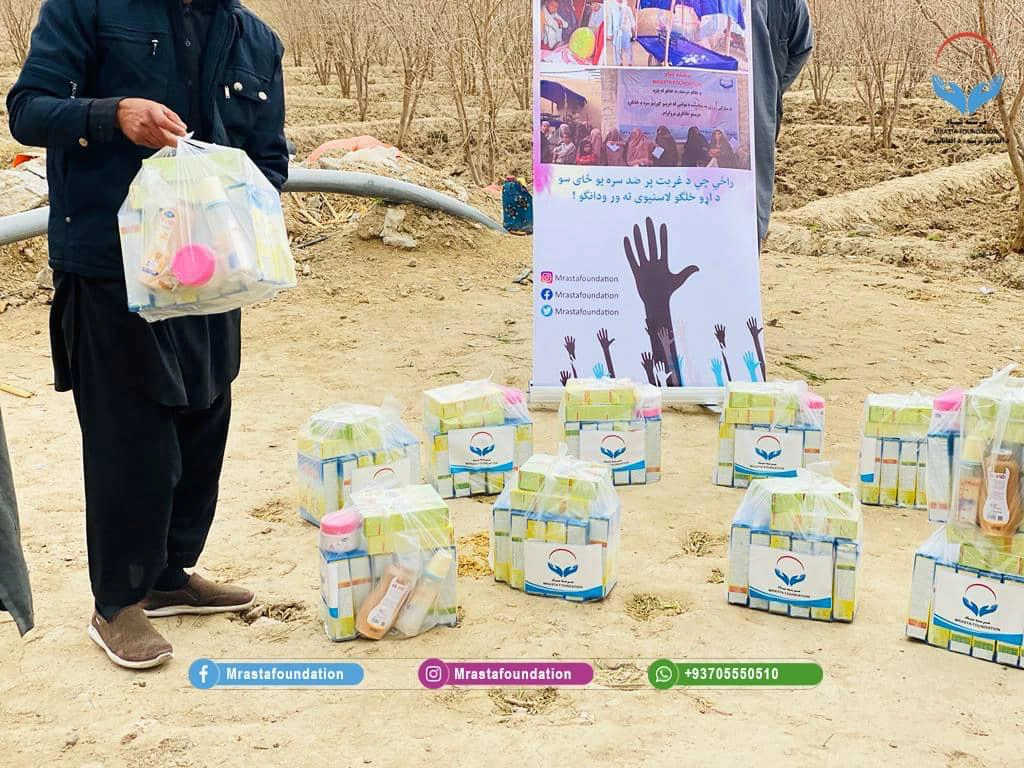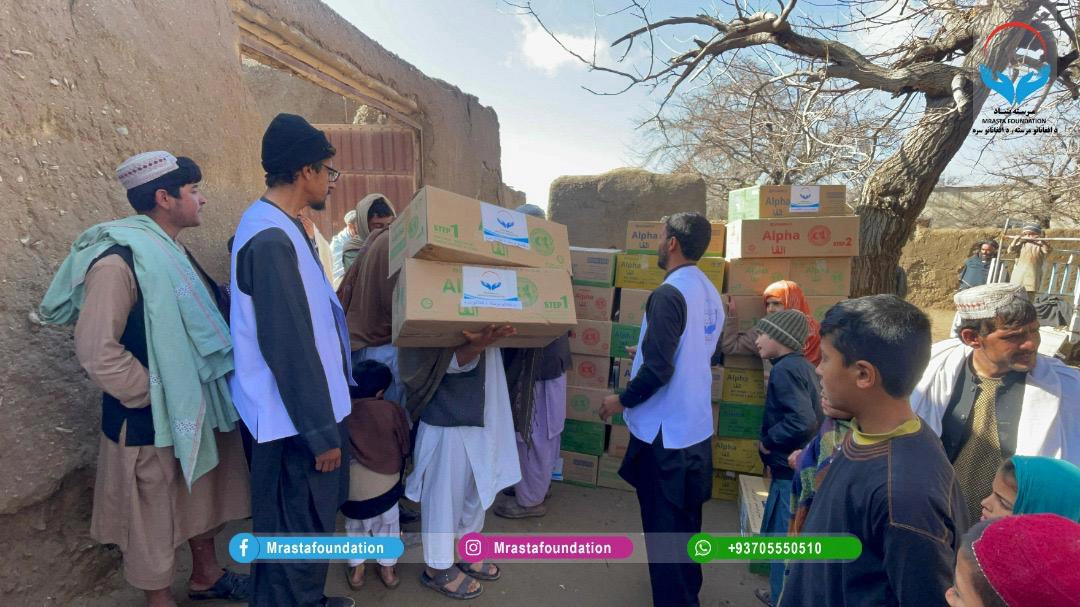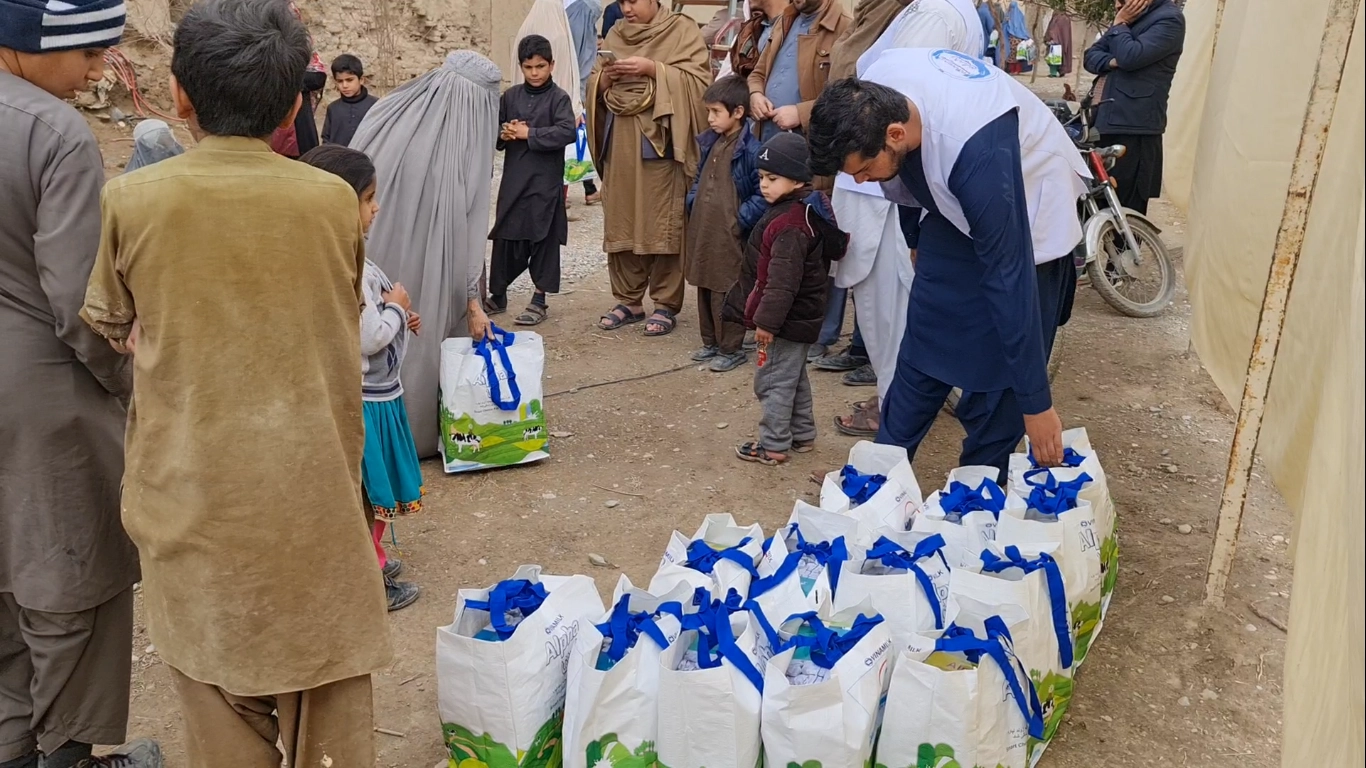Nutrition Project in Kandahar Province, Afghanistan

Nutrition Project in Kandahar Province, Afghanistan
Project Description
Results from nutrition assessments which were conducted in Kandahar Province Districts indicate a worrying increase in the number of undernourished cases particularly among children and pregnant women in the last years. The prevalence of moderate and severe stunting among children under 5 years old has increased; five to seven times more than what is considered as acceptable by the WHO in a normally nourished population constituting a public health problem. With a constantly increasing trend, iron deficiency anemia is reported to affect nearly half of children under five years of age in the Kandahar Province Strip. With slight variations among studies, there is a consistency in the literature that anemia represents a chronic major public health problem in Kandahar province Afghanistan. It is worth pointing that reasons of anemia and malnutrition are multi-factorial including; lack of food at the household level due to many reasons such as the political situation, the collapse of the economy, eating patterns and habits, cooking practices, lack of awareness and the presence of other diseases particularly infections. Current approaches to malnutrition and anemia focus on identifying and addressing medical conditions, providing supplementations and educating mothers about proper early childhood nutrition. However, still in the Kandahar Province, the management of malnutrition and anemia still requires empowerment. The main objective of the Project was to assist the poor people (mother and sons) and eradicate the poverty from the selected area of Kandahar Province in preparing and providing the Nutrition Project. The provision of the project was conducted in different districts of Kandahar province such as Panjwahi, Arghandab, Dand, Daman including the central of Kandahar province, the beneficiaries which had been benefited from the nutrition project were 840

The Project was highly relevant to the Country Strategy and Program (CSP) for Afghanistan, whose main aim has consistently been a sustainable reduction in poverty. The key Components of the CSP update were to improve basic social services and take humanitarian actions, to enhance human resources development and eradicate the poverty from the selected area, and to promote good governance in the food Distribution sector. HOPA policy advocates adoption of an integrated approach to food distribution management, improved access to quality materials, the introduction of regulatory control, and use of the private sector for scheme development and management of Kandahar province food distribution facilities. All of these policies were reflected in the Project in time of the implementation of the project and during the project the Evaluations were conducted by staff member of HOPA.
Similarly, the Project was very relevant to Kandahar province and District development objectives as defined in the need of the people. Further relevant objectives of the plan included the provision of appropriate sanitation services, reduction of poverty, and elimination of the burden of the poor people, which is done mostly by women and children. The inclusion of NGO coordination in the Project was, therefore, particularly appropriate.

Improving nutritional status requires households to adopt new attitudes and put those attitudes into practice. However. Neither of these steps happened without at adequate knowledge base. Although the production of foods with high micronutrient value alone may increase nutritional status of the population. A comprehensive nutrition education program is required to change food habits that currently prevent adequate micronutrient levels. An increase in income can often halt traditionally beneficial practices. Such as gathering of wild foods and breast-feeding and lead to the purchase of foods with a low nutrient density.

providing consulting services to (a) coordinate activities of the co-financiers of the investment project; (b) review the design and tender documents, and conduct tender evaluations of all project packages; (c) report on project progress; (d) account for project costs; (e) prepare financial, economic, environmental, and social analyses of the investment project; (f) conduct socioeconomic, regional planning, and environmental surveys; and (g) Prepare a public awareness program encompassing packaging education.
The Result of the identification Process
In order to finish the work within the implementation period and budget, instead of gathering data on their own, the advisory committee and consultant had to make assumptions regarding key issues such as the location of demand need, per-capita demand figures, daily and seasonal peak factors, and annual population growth. From the realized Project performance and outcome, it can be seen that the Project had been adequately designed through the correct definition of problems, the accurate identification of project objectives, and the viable choice of implementation strategy. At the same time, the identification process is closely linked to different stakeholders, this ensure the Project is able to create impacts to the right target beneficiaries.

